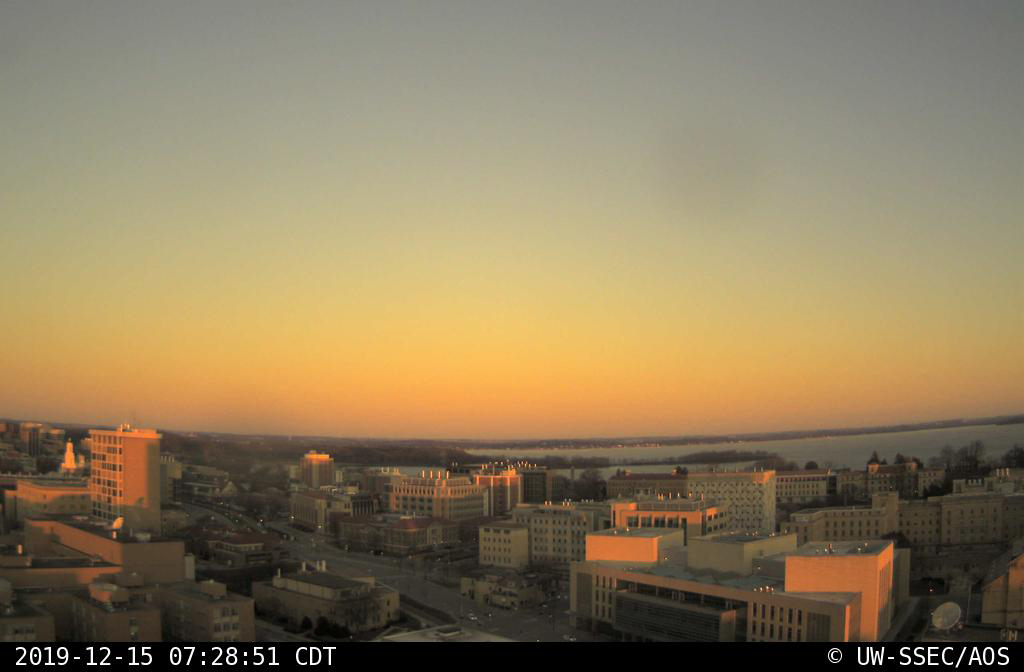The winter solstice has the shortest daylight hours of the year and will occur at 10:19 p.m. CST on December 21, 2019.
On that day we have our shortest day and longest night of the year in terms of daylight. It’s the astronomical moment when the sun reaches the Tropic of Capricorn.
However, for Madison this year, the earliest sunset occurred on Dec. 8, while the latest sunrise will occur on Jan. 3. So, the winter solstice doesn’t correspond to the latest sunrise or the earliest sunset.

The time when the sun reaches its highest point in the sky is called solar noon. One solar day is the time it takes for the sun to return to its highest point in the sky. The period from one solar noon to the next is called the solar day. Solar noon rarely occurs exactly at noon; it’s sometimes before or after.
If you take a picture of the sun each day when your watch says noon, the sun is not always in the same place in the sky. It moves east and west because of the variation in the length of the solar day, and it moves north and south with the change of the seasons. The combination of these motions traces out a figure-8 shape called the analemma, which is sometimes printed on globes.
The length of the solar day is determined mostly by the rotation of the earth on its axis, but is also weakly affected by the revolution of the earth around the sun. It changes throughout the year because the earth’s axis is tilted with respect to its orbit around the sun, and the earth’s orbit is an ellipse.
The longer-than-average solar day around the solstices causes both earliest sunset and latest sunrise to not fall on the solstice. The time from solar noon to sunset doesn’t change very much near the winter solstice. Therefore, since solar noon is a little later each day, sunset is also a little later each day. But because sunset is a little later each day, the earliest sunset has already occurred.
Similarly, later solar noons at the solstice imply later sunrises, hence sunrise is getting later and the latest sunrise is yet to occur. But because sunset is a little later each day, the earliest sunset has already happened. Similarly, later solar noons at the solstice imply sunrise is getting later and the latest sunrise is yet to occur.
Steve Ackerman and Jonathan Martin, professors in the UW-Madison Department of Atmospheric and Oceanic Sciences, are guests on WHA radio (970 AM) at 11:45 a.m. the last Monday of each month.

